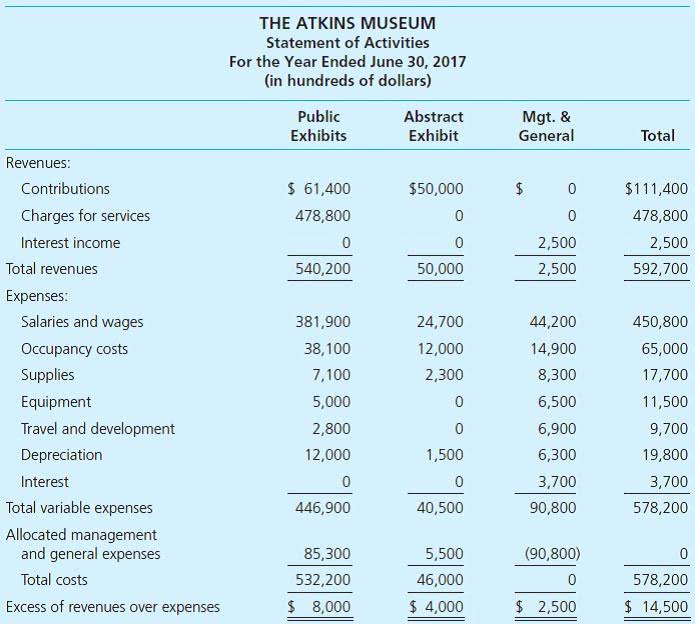
However, the payment of a deposit under the rental agreement is an accounting transaction, it relates to the business, and there is a monetary amount involved. In the second step, classify the nature of the accounts identified in the first step. In the JoTech Ventures transaction, the Cash Account is an asset account, while John’s Capital Account is an equity account. To simplify, categorize the Cash Account as an asset account and John’s Capital Account as an equity account. These are two of the six account classifications; the remaining four are liability, withdrawal, revenue, and expense. Transaction analysis is important to establish how a business transaction appears in the company’s books.
How do we determine the nature of accounts?
In simple words, we can say that the cash account is classified as an asset account and Robert’s capital account is classified as an equity account. Accountants view financial transactions as economic events that change components within the accounting equation. These changes are usually triggered by information contained in source documents (such as sales invoices and bills from creditors) that can be verified for accuracy.
Determine the accounts involved
The account payable,however, is a current liability because Treehouse can expect to payit off within the fiscal year. This transaction adds to both sidesof the fundamental equation, and the net effect on the equation iszero. Double-entry bookkeeping is the accounting method you use to track where your company’s money comes from and where its money goes. As the name implies, there are two entries involved in this process, which involves a debit and a credit. Step 1 Bold City Consulting received promises from customers to send cash next month in exchange for consulting services provided. Again, the business earned this money, although it has not received it yet.
Double Entry Bookkeeping

Also note thatsome endowments are structured so that the investment proceeds fundspecific programmatic needs. In those cases the investment proceedsare temporarily restricted net assets, not unrestricted netassets. Most non-profit managers aren’t so lucky.Virtually all non-profits have some sort of restrictions on whenand how their organization can spend money. Donors who want toensure the organization accomplishes specific goals will restricthow and when their donation can be spent. In fact, large parts of the non-profit sector existprecisely to provide services to those who can’t pay for thoseservices. The homeless, foster children, endangered species, andothers come to mind immediately.

( . Identifying the accounts involved:
- This is, once again, a core part of how accountants thinkabout inter-period equity.
- As you can see, assets total $32,600, while liabilities added to equity also equal $32,600.
- In other words, if she sent abill for September on October 1st, payment would be due no laterthan October 31.
- Step 1 The business received equipment in exchange for cash paid to the equipment manufacturing company.
- In other words, the net effect of anytransaction on the fundamental equation must be zero.
- Supplies are valuablebecause they help Treehouse deliver its services.
As you can see, assets total $32,600, while liabilities added to equity also equal $32,600. Note that the accounting equation described in the previous chapter remains in balance. Assets have gone up by $2,000 while the liability side of the equation has also increased by the same amount to reflect the source of this increase in the company’s assets.
For example, if a company receives a cash payment from a customer, the company needs to know how to record the cash payment in a meaningful way to keep its financial statements up to date. If a business utilizes double-entry accounting, its debits must always match its credits. This is because, under double-entry accounting, each transactional analysis accounting transaction analysis impacts two accounts. T-accounts use debits, which increase the balance of asset accounts and lower the amount of debt or owner’s equity accounts, respectively. Accounting transaction analysis involves the examination and interpretation of financial transactions to determine their impact on specific accounts.

The accounts involved in the transaction are Supplies and Accounts Payable. The company has yet to provide the service, so it has not fulfilled the obligation yet. According to the revenue recognition principle, the company cannot recognize that revenue until it meets this performance obligation or in other words provides the service. Therefore, the company has a liability to the customer to provide the service and must record the liability as unearned revenue. The liability of $4,000 worth of services increases because the company has more unearned revenue than previously. According to the revenue recognition principle, the company cannot recognize that revenue until it provides the service.
- Part b) converts deferredrevenues into property tax revenues for the taxes collected during2015.
- Because both assets and retained earnings go down by the same amount, the accounting equation continues to balance.
- She wanted to make sure shecould earn some interest on these funds.
- 11 Financial may only transact business in those states in which it is registered, or qualifies for an exemption or exclusion from registration requirements.
- Now that we’ve toured the basic financialstatements, let’s take a step back and go over how we produce thosestatements.
- Each transaction should have at least two entries, with one debiting an account and the other crediting an account.
- The first step is to identify the transaction or event that has occurred and needs to be recorded.













